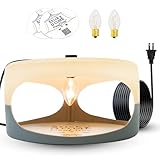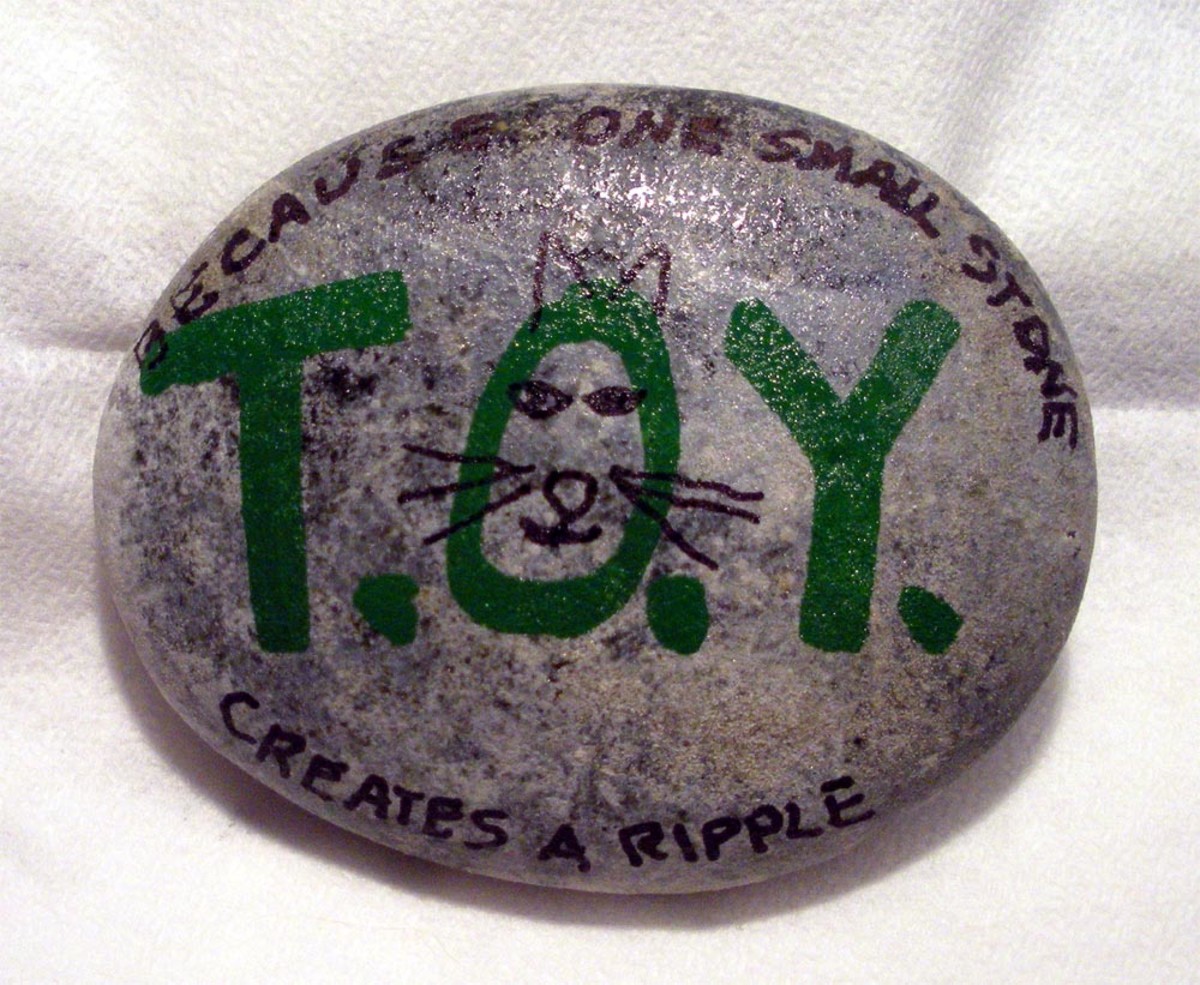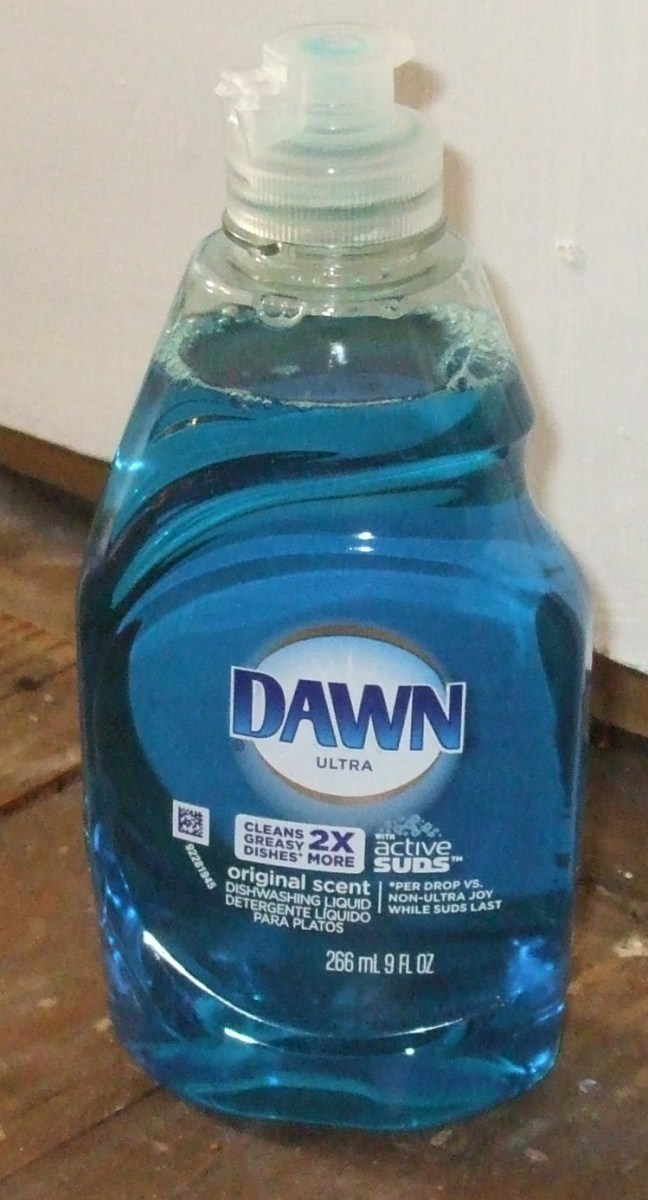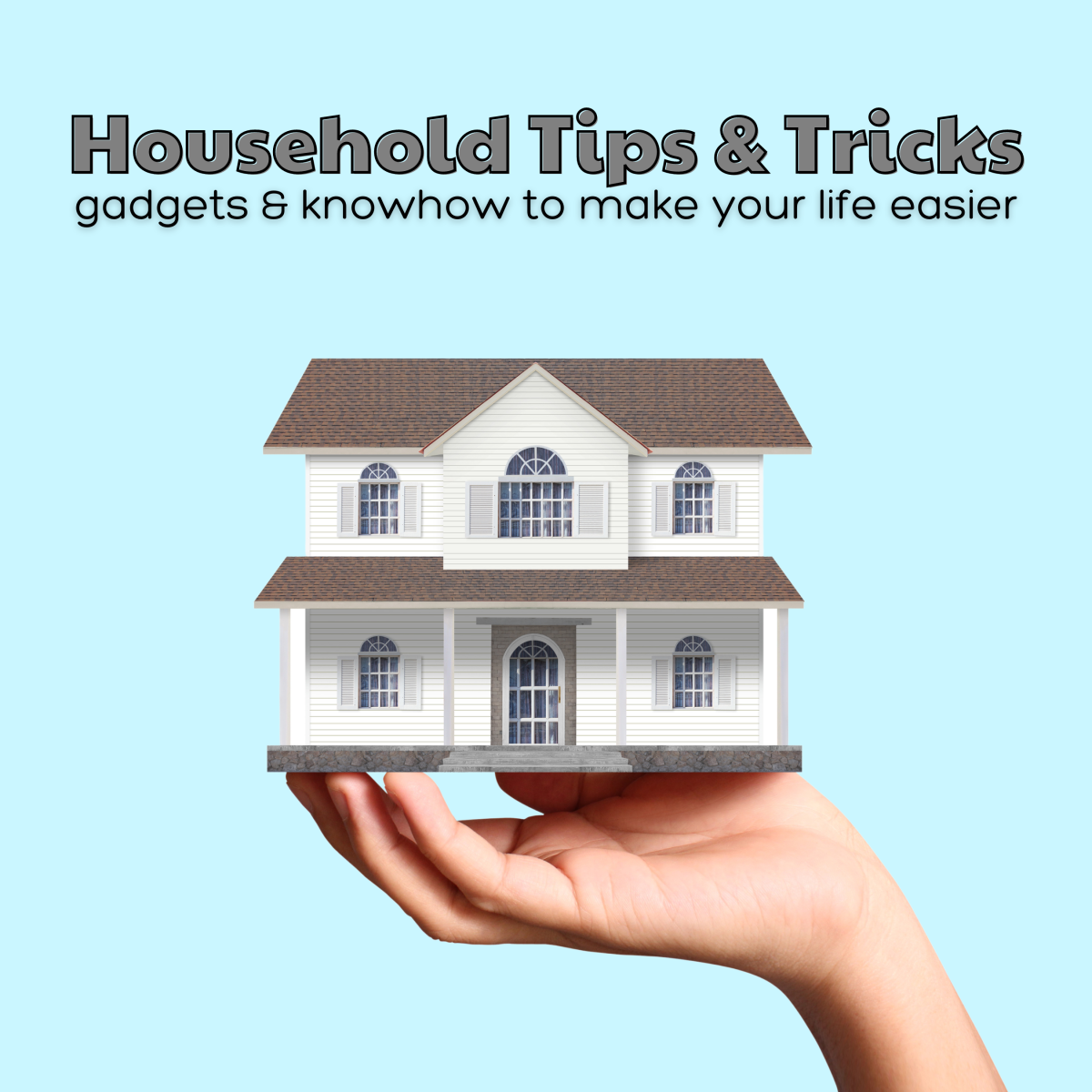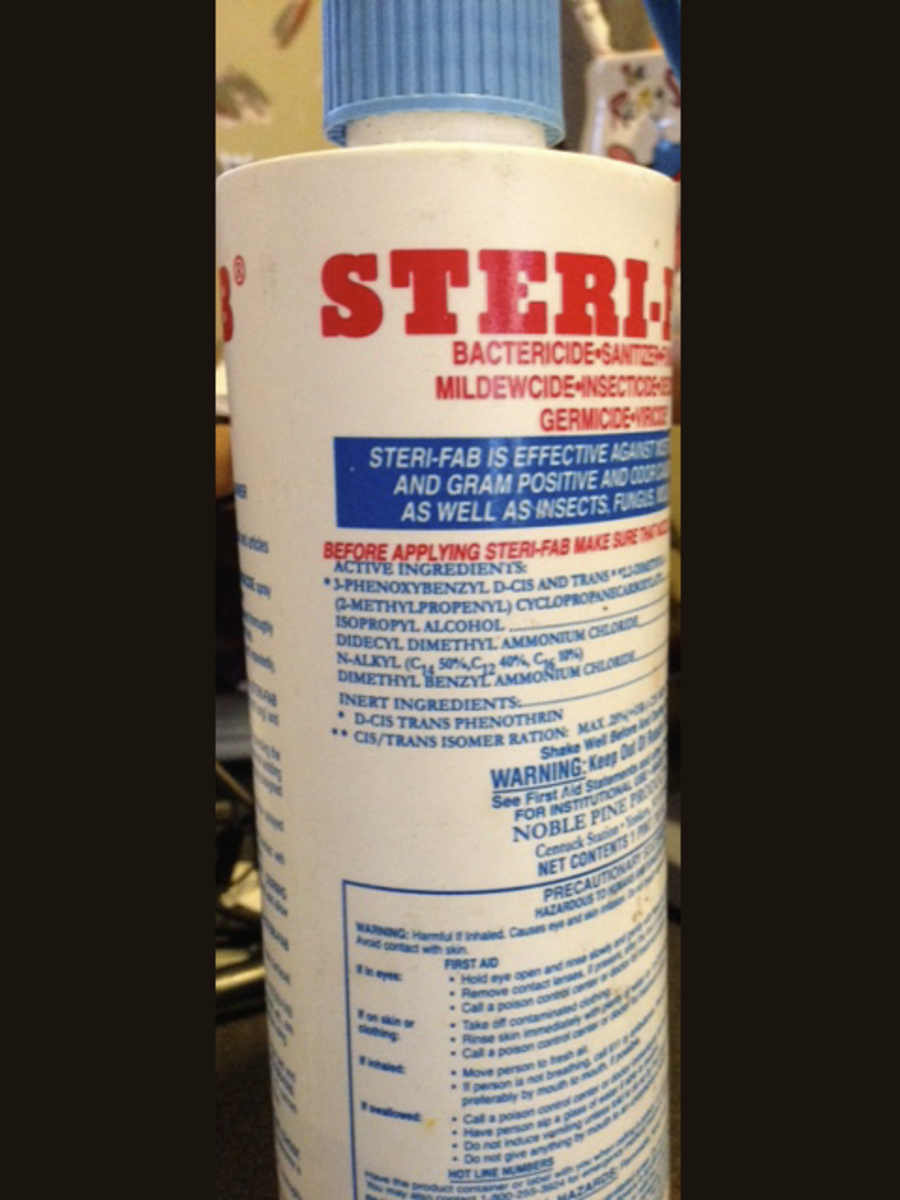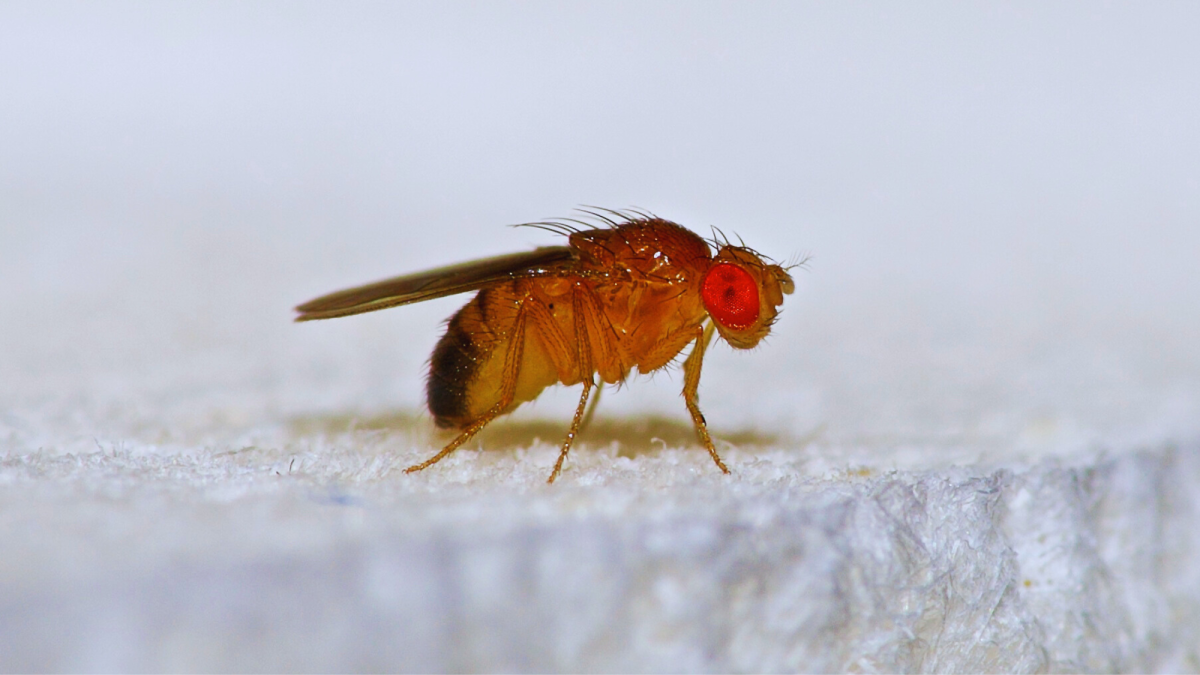Chemical Vs Homemade Flea Treatment Solutions
An effective program to get rid of fleas in the home must include all areas because fleas will move from one host to another in order to survive. If you get rid of fleas on your pets such as cats and dogs (which are their natural hosts), they will look for opportunities to infest humans.
Most flea extermination measures involve use of chemical such as Permethrin which is sprinkled all over the floor of the house. This chemical has been found to be effective in killing fleas whether they are on the body or on the various surfaces around the house.
While Permethrin is an effective chemical for flea extermination, an even better solution is the use of Methropene which kills the pest at any stage of its life cycle.

How Methoprene Works
This active ingredient is a growth regulator (juvenile hormone analogue) that interferes with the growth and development process of insects as they move from eggs, larvae, pupae and adults.
The chemical makes it impossible for the insects to grow into adulthood and is considered a biochemical pesticide. This is because instead of acting as a toxin on the target organism, it interferes with the life cycle of insects and prevents them from reaching adulthood.
Since the chemical is not effective on pupae and adults, it is essential that the growth-inhibitor is administered at the correct stage in the life cycle of the target pest.
Permethrin
Permethrin, as a broad spectrum pesticide and as such is toxic to living things. However, being a pyrethroid makes it less toxic to mammals than other classes of insecticides.
While it is an effective control measure in the short-term, Permethrin use does not guarantee that there will be no resurgence as it only takes a few fleas to restart the reproduction cycle.
This is where Methoprene comes in handy as it is by far the most effective way of breaking the cycle. While the pesticide can be applied as a spray in conjunction with permethrin, it is best when used directly on your pets.
Which method do you use to get rid of fleas in your home?
Fumigation
Even though fumigants are an effective way of controlling fleas, they are strongly discouraged because once they come into contact with linen, furniture or other items in the house, they are virtually impossible to decontaminate.
This toxicity is a major concern even with products that are touted as containing natural pyrethrin. The solvents that are used to extract the natural pyrethrin tend to modify it and render the final product toxic.
Flea control products for pets are specific to those pets and should not be interchanged. For example, you should never control fleas in cats with the same chemicals that are meant for dogs. This can cause seizures and alopecia at best, and death at worst especially when it comes to permethrin.
There are a few alternatives to synthetic insecticides in the control of fleas that mitigate against the risk of toxicity and cancer. The methods proposed here are as effective as other forms of control but without the inherent risk of toxicity.
Things you will need for getting rid of fleas
Investing in equipment for controlling fleas may feel like an unnecessary expense to start with but they are much cheaper in the end, not forgetting that they cost less than the toxic and carcinogenic alternatives.
For the home, you can use the currently available cleaning equipment but they will need some washing if they had been used with the toxic chemicals.
- High-sided bowls – the bigger the better
- Typical window cleaning vacuum and spray – so long as they do not have residues of bleach or synthetic insecticides and if they do, they must be thoroughly washed, rinsed and dried several times.
- Farnesol is a naturally occurring all-round deodorant that is available in convenient stores. Use essential oils at the rate of 5 ml for every ten square metres
- Household alcohol without additive (10 times the amount of farsenol)
- Antiparasitic essential oils such as cedar or geranium – used in the same proportion as Farsenol so as to slow volatilization
- For animals, you will need an anti-flea product based on Dimethicone: use 100 ml for a guinea pig and double that for a cat. For dogs, the amount of the chemical to be used will depend on its size.
- Use baby shampoo for removal of Dimethicone on animals
- Saline pipette
- Lice comb
Physical removal of fleas
Before you start the process of flea eradication in your home, you should note that there are more living fleas in the home environment than there are on the various hosts such as humans and pets.
These are in the form of eggs and larvae that look like little tiny white balls or missiles. It is therefore extremely essential to control these eggs and larvae as they are part of the future generations of fleas. The control of fleas on animals should take place on the same day of environmental control which must be repeated after two weeks.
Cleaning is the best way to get rid of eggs and larvae because they are not mobile like the live adult fleas. Thorough cleaning also removes the conditions such as dust that promote the nesting of fleas and should be preceded by a manual shake-off of everything especially pillows and linen that animals like laying on. This method is more preferable to vacuum cleaners which in most cases help in spreading the infestation by serving as nesting areas for the pests.
After shaking the clothing, you should wash them with hot water (if possible) and an appropriate detergent. Sweep every corner of the home especially places where pets walk on and anywhere that infested linen may been stored. Aerate where possible and especially if it is not possible to use a steam cleaner.
Be careful with vacuum cleaner bags as they will have a large population of fleas and larvae and can lead to further infestation. Change the vacuum bags or empty the tank thoroughly if there is no bag, then clean the infested area again.
For large carpets, thoroughly clean them through steaming. This should be done for the floors and any other structures that support them. The steaming will kill the fleas and larvae but you must be careful not to leave out any corner as the normal temperature and humidity is ideal for the growth of the pests.
Repeat this spring cleaning after another ten to fifteen days.
Natural chemical treatment: Farnesol
Farnesol closely resembles the juvenile hormone of fleas and other insects and will slow down or prevent the larval growth and development. Most of the eggs will not hatch as they will have exhausted their larval state resources.
Caution: Farnesol is an allergen and may cause allergic reactions to some people.
Preparation
- Pour the required amount of alcohol in the spray.
- Then add Farnesol and essential oil.
- Half fill the empty bottles of alcohol, Farnesol and essential oil.
- Close and shake to dilute the last drops of these precious products.
- Empty again two small bottles into the vaporizer.
- Refill the empty bottles with the remaining alcohol.
- Empty vials again into the vaporizer.
- Close and shake the sprayer: it's now ready.
Spray the mixture on all the areas that fleas are likely to inhabit:
- Animal baskets and wherever they lie.
- On brooms, brushes, pet brushes and in the vacuum cleaner tank and bag
- Chairs, sofas, on all fabrics, pillows, blankets and covers found in living rooms and on beds: mattresses, duvets or blankets.
- Floors, carpets and rugs, in corners, under the seats and furniture
- Wherever eggs are likely to be, but not on walls
Do not forget to safely keep the remaining product to repeat treatment within 10/15 days.
Ridding pets of fleas using Dimeticone
A flea infestation on your pet can lead to anaemia and general poor health of the animal therefore regular treatment is necessary for long-term effectiveness.
For cats, it is best to do the spraying with the help of another person if possible because it will not be an easy task. Spray Dimethicone on the whole body while gently stroking the fur against the grain to expose the skin where the fleas are most likely to be lodged.
During this process, the most stubborn fleas are likely to migrate to the tips of the legs and tails and these should be sprayed as well. Make sure that you do not spray the eyes. In case you accidentally spray the eyes or the animal rubs them, treat will a saline solution immediately and thereafter as often as necessary.
Work the chemical through the fur by rubbing it gently and leave it to take effect for at least one hour. It is best to closely monitor the animal during this time and prevent it from licking the chemical by keeping it occupied with distractions such as play. If the animal is cold, ensure that you put it near a heat source at least for the duration of the treatment.
If your pet is quiet (for example an elderly dog) and does not lick too much, you can leave the product to work for 8 hours or overnight. Do not worry if the animal accidentally ingests the chemical as a small amount does not cause any adverse effects. All the same, ensure that the animal is well fed and closely monitored for the duration of the treatment.
After the time has elapsed, shampoo the animal carefully and thoroughly, rinse and dry using a large towel that is free of fleas or larvae. You should not that after the bath the pet is no longer protected from any live fleas as the chemical has been washed off and it is important that you regularly brush the animal with a comb dipped in Dimethicone.
This combining should be done at least every day if possible and if not at least every other day. This constant control of fleas is important because the pests have a very high rate of reproduction. In summary:
- Dip the lice comb in Dimethicone and put within reach a plate of water with a few drops of dish soap.
- Comb the animal thoroughly (a cat's favourite spot is around the neck).
- Whenever there is a flea on the comb, dip it in water.
- Tap the comb on the side of the plate and repeat until it has no more dead fleas on it.
- Apply Dimethicone on the comb when necessary
- Repeat treatment as many times as possible, especially when the animal goes outside or has been in contact with animals (even indirectly as humans are also vectors).
Getting rid of fleas through drowning (water-traps)
Drowning remains unquestionably the simplest non-toxic and most effective method of flea control.
By adding a few drops of washing liquid or soap solution, the surface tension of the water is reduced which prevents the flea from floating and it eventually drowns.
- Take pans or trays and put a few drops of dish soap before filling with water.
- Place them near places where animals pass, at least one on each floor if necessary, and to be readily accessible to all.
- As soon as you feel a flea on your body, enter barefoot in the pan or tray and shake your body so as to drop the flea in the water. As the fleas flee to the safety of darkness, they will inadvertently drop into the water where they will surely drown
- If in the process you feel that some fleas may be caught between your fingers, crush them by sharply twisting your fingers because the pests have a very strong outer shell
- Have plates all over the floors where possible without being too distracting, it will reduce the possibility of fleas in the home.
- Leave water traps for at least a month without removing them.

